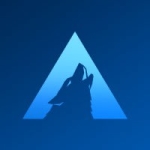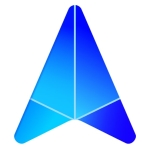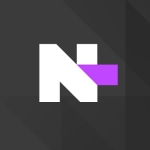Our customers use it, but we deliver the services. We use it for advanced endpoint protection capabilities and threat-hunting capabilities. We use it for data lakes and repositories to reduce the cost and computational efforts for submitting or uploading in the cloud.
By implementing CrowdStrike Falcon Complete, we wanted to improve the visibility of our operators, analysts, and engineers. We wanted to be more efficient in our operations. Instead of finding information themselves, they can use the platform to find the information automatically.
Its benefits can be seen from the beginning. It is super easy in terms of deployment, and it works perfectly with the human resources and the stack of technologies that our clients have.
Partner support is beneficial. They are a trusted partner. They plan to continue in the market by themselves. They are not expecting somebody to purchase them. It helps to build confidence with the clients, and we can trust that nothing will change in that aspect.
They continue to improve their threat-hunting capabilities, which is important for me because there are more and more advanced threats, such as zero-day attacks. If we combine these threat-hunting capabilities with endpoint detection, we have an extra layer of response. It is super strong for us. We have different agents: one for detection and monitoring and the other one for the preventing aspect, which means threat hunting and response. I can combine the telemetry for threat hunting and monitoring and respond properly.
They are working hard to continue and enhance their labs for identifying new threats and malware. They are continuously labeling them with fancy names for marketing, but they are super helpful and useful because malware and attacks are labeled as per what is happening in specific industries or at specific locations. They give you an overall idea about what is going on not only in your country but also all over the world, and more specifically, in the industry you are working with.
The team of Falcon Complete works around the clock and does monitoring around the clock. It is quite good because it is a solution that combines monitoring and response, and at the same time, it labels all the threats in the world. They are super helpful in managing the threat exposure that companies face on a daily basis.
The continuous improvement in detections and response times is valuable. They are more focused on threats that come from the cloud, not only that we see. Five or six years ago, we were just focusing on the infrastructure. They, for sure, have better coverage for the supply chain devices or assets that are in the environment of the clients. We have better coverage of third-party vendors, and we have more visibility and more interactions with those third-party vendor solutions.
Some features can be enhanced or improved. For example, there can be more integration capabilities.
There can be an application for the mobile device for the administrator of the platform to have an overview. In less than two minutes, they should be able to see what is going on and take action. Having an overview in a mobile phone would be super helpful for the administrators because everybody has a mobile phone nowadays.
I have been working with CrowdStrike Falcon Complete for four years.
It is stable. It is 90% compliant with what they promised.
Their support is quite good. I would rate them a seven out of ten. They can add better resources or more resources locally.
I am not involved in its deployment, but it can be deployed on-premises and on the cloud. The cloud provider depends on the client's preference. We do not have any issues.
It is expensive, but looking at the capabilities that it brings, it is reasonable.
There are no additional costs to the licensing costs. If you increase the number of licenses, support is included.
I would rate CrowdStrike Falcon Complete an eight out of ten.
























